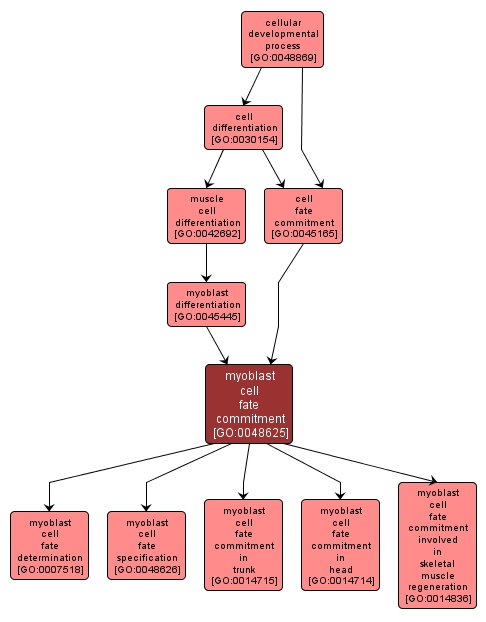| Desc: |
The process whereby the developmental fate of a cell becomes restricted such that it will develop into a myoblast cell. A myoblast is a mononucleate cell type that, by fusion with other myoblasts, gives rise to the myotubes that eventually develop into skeletal muscle fibers. |














